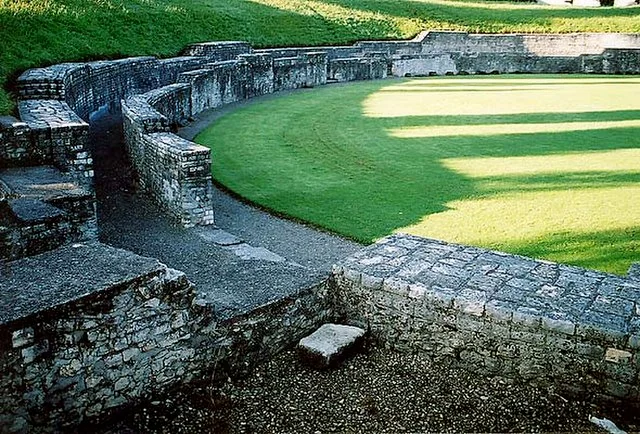Vindonissa, located in present-day Switzerland, was an important Roman military camp and settlement. Its strategic location at the confluence of the Aare, Reuss, and Limmat rivers made it a key site for controlling transportation and trade routes. The site is part of the modern municipality of Windisch, in the canton of Aargau.
Get your dose of History via Email
Historical Significance
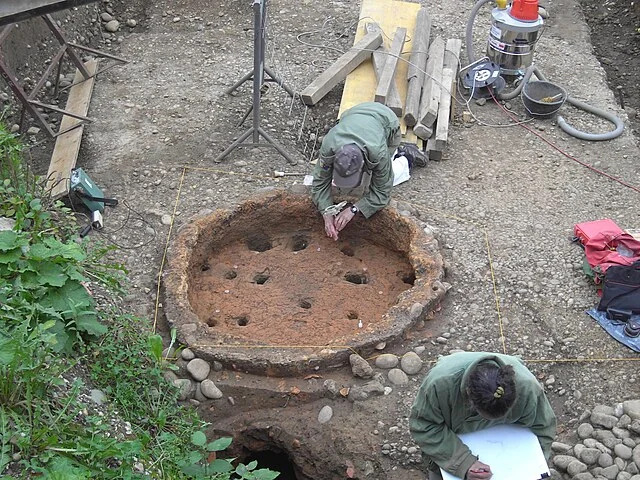
Vindonissa was first established around 15 AD under Emperor Tiberius. Initially, it served as a base for the Legio XIII Gemina. By 45 AD, it became the permanent station for the Legio XXI Rapax. The camp played a vital role in Roman military strategy, securing the Rhine frontier during the early years of the Roman Empire.
By 69 AD, the Year of the Four Emperors, Vindonissa witnessed political and military upheavals. Legio XXI Rapax supported Emperor Vitellius, demonstrating the site’s involvement in imperial power struggles. After the legion’s reassignment, Legio XI Claudia occupied Vindonissa until the early 2nd century AD.
Architectural Features
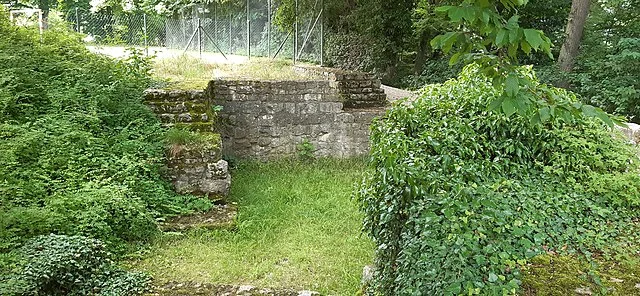
Archaeological excavations reveal a well-planned Roman camp with fortified walls, gates, and defensive ditches. Vindonissa had barracks, administrative buildings, and a principia (headquarters). The camp also included a bathhouse, reflecting the Roman focus on hygiene and leisure.
Outside the military area, a civilian settlement developed. This vicus housed traders, artisans, and families of soldiers. The settlement had shops, taverns, and temples, indicating a thriving community.
Decline and Later Use
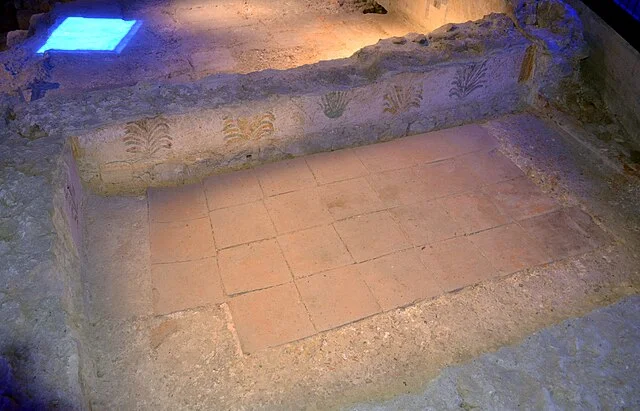
By the mid-2nd century AD, the military presence at Vindonissa ended. However, the site retained importance as a local administrative center. During the early medieval period, the area became a Christian settlement. A monastery was established at the site, using some of the Roman structures.
Archaeological Discoveries
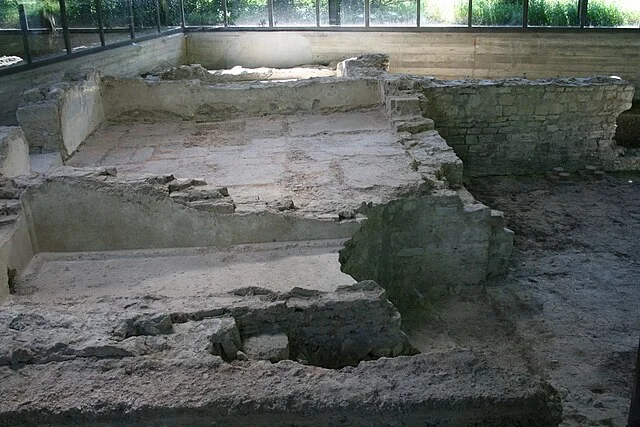
Excavations at Vindonissa began in the 19th century and continue today. Archaeologists have uncovered artifacts like weapons, coins, pottery, and inscriptions. These discoveries provide insights into Roman military life and the interactions between soldiers and local populations.
A notable find is the Vindonissa papyri, documents written on reused military dispatches. These texts offer rare glimpses into Roman administrative practices and everyday concerns.
Vindonissa Today
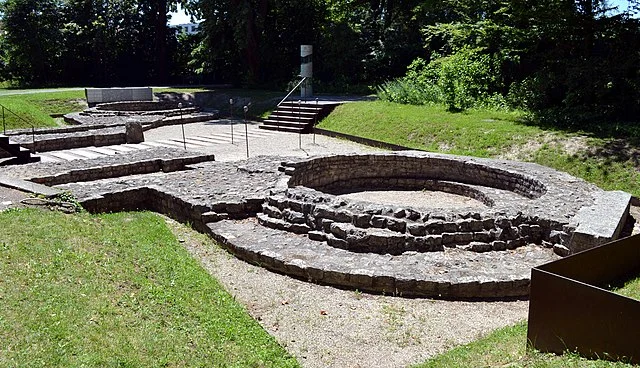
Today, Vindonissa is an open-air archaeological site and museum. Visitors can explore remnants of the Roman camp, including reconstructed features. The site’s educational programs make it accessible to historians and the public alike.
Conclusion
Vindonissa holds significant value in understanding the Roman Empire’s military and administrative systems. Its strategic location and archaeological remains make it a vital source of historical knowledge. Further research will continue to reveal the site’s role in Roman and post-Roman history.
Source:

